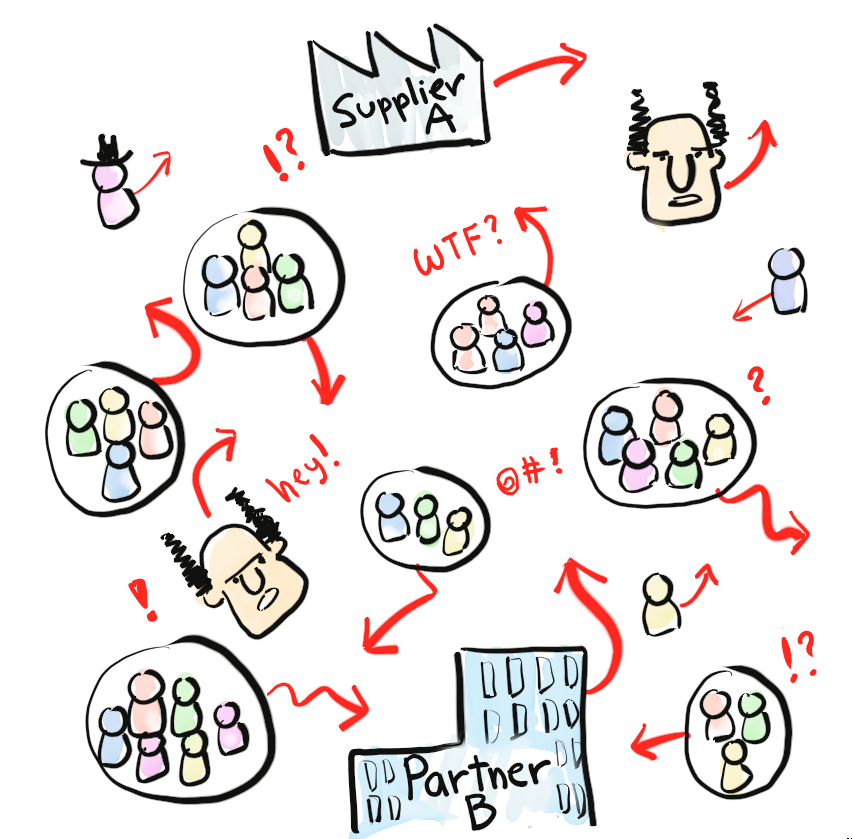(translations: Turkish)
I wrote this article because of two observations:
- Many organizations use a “project model” when they shouldn’t.
- There is a lot of confusion and debate in the agile community about projects and project leadership.
I don’t claim to have “the answer”, but I’ve thought about this a lot and also experimented on my clients (don’t tell them… sshhhh). So, here is my take on project leadership in an agile context.
Oh, and by the way, this article is a Bait & Switch. I’m trying to get you to read What is an Agile Leader. You might save time by just skipping this and going there right away 🙂
Beware of “projects”
The word “project” is controversial in agile circles. Some companies use the “project model” as some kind of universal approach to organizing work, even for product development. However, a surprising number of projects fail, some dramatically. I see more and more people (especially within the software industry) conclude that the project model itself is the culprit, that it’s kind of like rigging the game for failure.
A “project” is traditionally defined as a temporary effort with a temporary group of people and a fixed budget. Product development, on the contrary, is usually a long term effort that doesn’t “end” with the first release – successful products start iterating way before the first release, and keep iterating and releasing long after. And teams work best if kept together over the long term, not formed and disbanded with each new project. Also, the traditional approach to planning and funding projects often leads us to big-bang waterfall-style execution, and hence a huge risk of failure because of the long and slow feedback loop. The project model just doesn’t seem to fit for product development.
